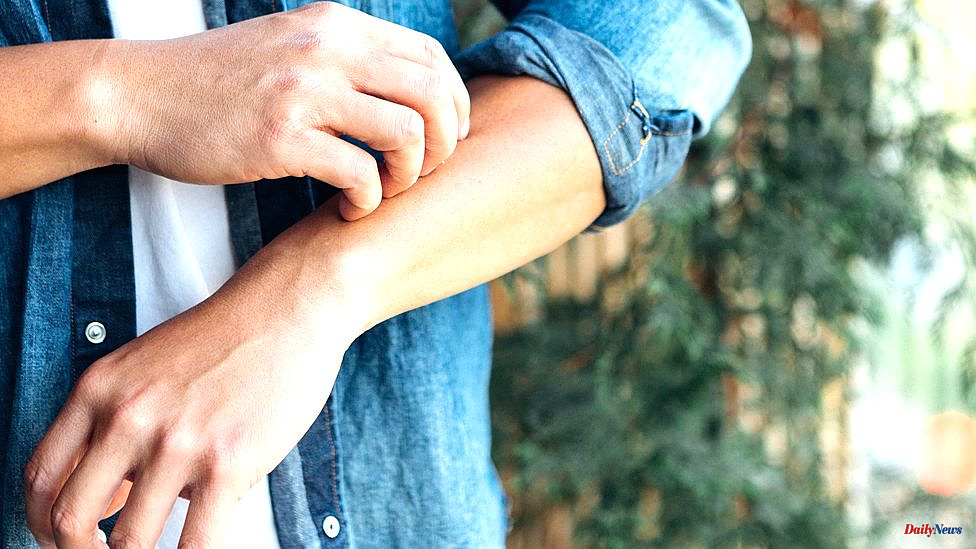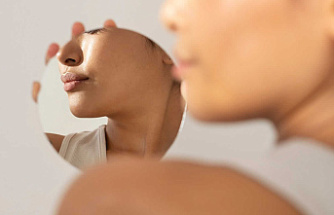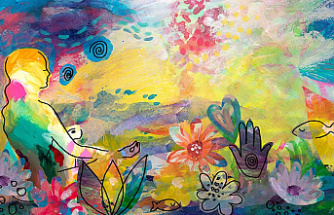Many things can cause rash, but it is very rare for the monkeypox virus to be involved.
What should you be looking for?
First, ask yourself if you believe you were exposed. It requires close, prolonged contact with the infected person, often skin-toskin. It is rare to find it in the world, so there are few chances of getting it.
Children rarely get it even in the most remote areas of Africa, where it is possible to circulate.
Monkeypox is a virus that causes flu-like symptoms. You will feel tired, unwell, and even feverish. This is what doctors refer to as the "invasion phase" of the disease. It's when the virus invades your cells.
You would feel swelling in your glands because your immune system is working overtime to fight the infection.
The rash follows, and it goes through various "skin eruption" phases. It begins flat and red but becomes bumpy and blistered before eventually forming scabs.
Dr Rosamund Lewis, from the World Health Organization’s Emergencies Programme, explains that it all starts with what we call "macules." These are only red areas. It then progresses into papules. You can feel this. It's raised."
These red bumps and lumps will then blister and become a white fluid. It looks almost like pus.
The pustules will then dry out and scab. The scabs will eventually heal and fall off.
Dr Lewis says, "This is why it could be confused with chickenpox."
Monkeypox rash typically starts on the face, sometimes in the mouth, and then moves to the arms, legs, hands, and feet.
Recent cases have shown that the rash is often located around the genital region. Dr Lewis states that the rash might not be obvious because it could be covered.
Bedsheets and clothing can be contaminated by the rash, which may appear slightly differently on different skin tones.
The UK Health Security Agency advises people to be aware of unusual skin lesions or changes, particularly around the genitals. They can also contact NHS 111 or a Sexual Health Service if they have concerns.
Dr Tanya Bleiker is the President of British Association of Dermatologists. She says that it can be difficult to distinguish between different types of rashes. If you are unsure, consult the advice and have it checked.
What is Monkeypox exactly?
James Gallagher explains the difference and why we should be concerned.
Now available on BBC iPlayer
There are many options, but these are the most common.
Chickenpox
Itchy, itchy skin usually follows a similar pattern that ends with scabs. Chickenpox can be contracted more than once. Even if you have had it since childhood, it is possible to contract it again as an adult. Shingles, which is a reactivation or recurrence of the chickenpoxvirus, can also cause a rash. It is often painful and can manifest as blotches.
Scabies
Mites can cause scabies by laying eggs on the skin. This causes it to become itchy and red. Although it can occur anywhere on the body the rash often begins between the fingers. There may be lines and tracks as well as dots on the skin. Although it isn't serious, it can be contagious and requires treatment.
Insect bites and bedbugs
If your mattress or bedding is infested, you can be bitten by bedbugs. You may not be able to see the bugs because they are so small. The lesions, which are similar to other insect bites are red and itchy. They are usually found in a cluster or line.
A sexually transmitted disease (STI), such as syphilis and genital herpes.
Syphilis, a bacterial infection, is often contracted by having sex in public with an infected person. Genital herpes can also be transmitted sexually. Both can lead to blisters. If you suspect you may have an STI, it is important that you get tested immediately and treated.
Hives/allergy/urticaria
Itchy, stinging, and red rash are symptoms of a skin reaction to something the body considers a threat. The trigger may not always be found. Common triggers include contact with certain chemicals, plants or medicines, and eating certain foods.
Molluscum
It is a common viral infection that can be seen in children. However, it can spread to other parts of the body and cause itchy, raised, reddened spots with a slight dimple at the center. They are most common in the armpit, behind your knees and in the groin. It can be caught through skin-to-skin contact, or by touching contaminated objects such as towels.
Hand, foot and Mouth Disease
Coughs and sneezes can spread the virus, as well contamination of household items like cutlery. Flu-like symptoms can occur, along with sores in your mouth and a red rash around the palms or soles of your feet. It will usually improve on its own.
Impetigo
The contagious bacteria can infect skin that has been damaged. It causes red sores, crusty blisters, and often, on the face. It can appear severe but can be treated with antibiotic cream.












